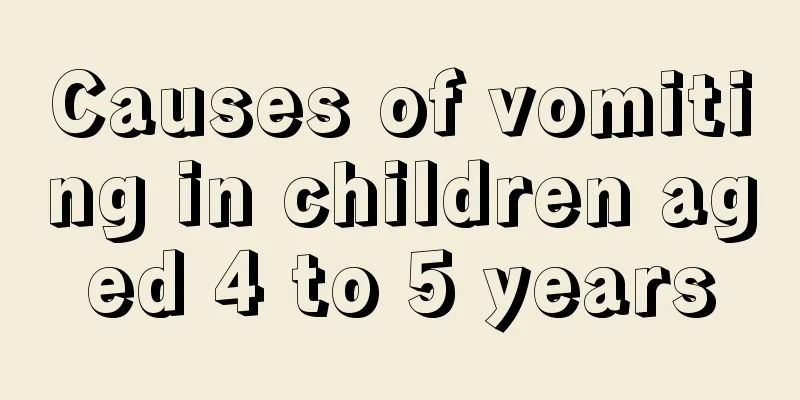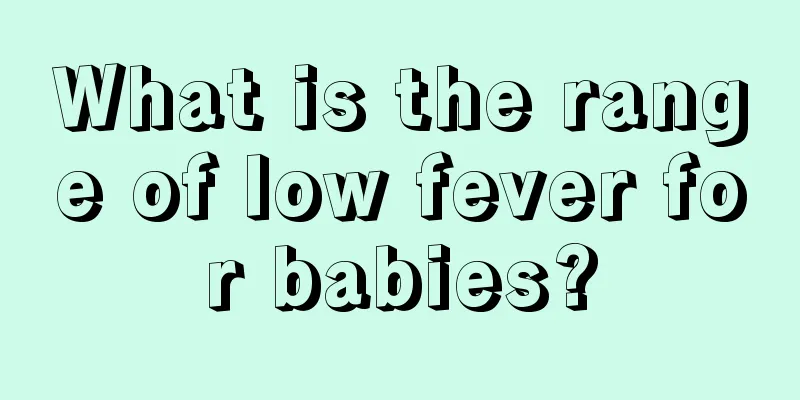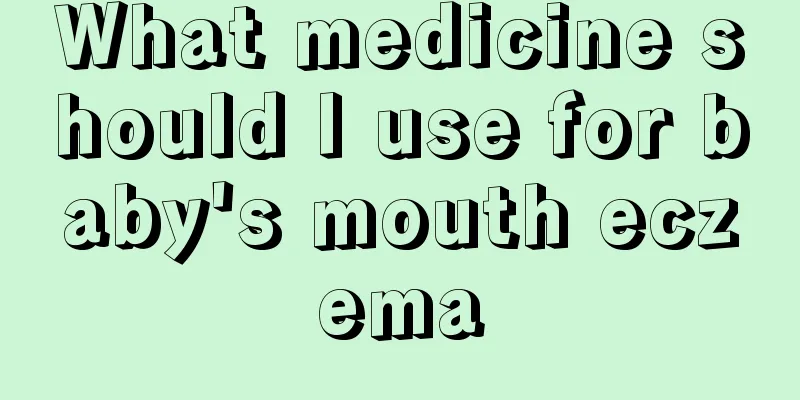What are the sequelae of pneumonia?

|
The incidence rate of pneumonia in life is relatively high, mainly because we do not have a certain understanding of its prevention methods in life, and we smoke and drink a lot. We all know that smoking can easily lead to pneumonia, so it is recommended that you do not smoke. If you are a pneumonia patient, you may have some sequelae after recovery from treatment. I hope you can pay more attention to it. Pneumonia can be cured after regular treatment without leaving any sequelae, unless the treatment is incomplete and the lesions are not completely absorbed and organized, which will affect the respiratory function to a certain extent. However, due to the strong compensatory ability of the lungs, small-scale organized lesions will not have obvious symptoms. Only during strenuous activities will the respiratory compensatory ability decrease and cause shortness of breath and discomfort. Antibiotics are mainly used for bacterial pneumonia, mycoplasma pneumonia, chlamydial pneumonia and viral pneumonia with secondary bacterial infection. Before treatment, culture and drug sensitivity test of pharyngeal secretions, blood and thoracentesis fluid should be performed to facilitate targeted selection of effective drugs. People who have cough and phlegm should not abuse cough suppressants, because suppressing cough will not help to expel phlegm. Some children may also suffer from shock in the early stages. This is toxic shock caused by toxins released by Pneumococcus. The child will be pale, have cold hands and feet, sweat profusely, have a weak pulse, and low blood pressure. If not treated in time, the child may be in danger. At the beginning, there is coughing without sputum. After reaching the peak stage, the coughing decreases and is replaced by shortness of breath and difficulty breathing, but it is much milder than bronchopneumonia. When the doctor examines the chest, he finds dull or solid percussion sound in the inflamed part. After the sputum was coughed up, the body temperature gradually dropped and the patient recovered. Fluoroscopy shows that the lung lobes become thick shadows, and the white blood cell count can reach more than 20,000. The course of the disease is short, and timely treatment can cure the disease. There are generally no sequelae. We clinically divide interstitial pneumonia and pulmonary fibrosis into four major types, divide the lesions detected by conventional CT into five types, and divide the lesions detected by high-resolution CT (HRCT) into five types. The above is an introduction to the sequelae of pneumonia. I hope that pneumonia patients can pay attention to it. As long as you follow the doctor's advice during the treatment and develop good living habits, generally there will be no sequelae. For the sequelae of pneumonia, we should treat it in time to avoid causing pneumonia again. |
<<: What is the best way to treat pneumonia?
>>: Introduction to wheezing pneumonia
Recommend
What to do if your child has hoarse voice?
In recent years, children have more and more home...
How to treat gastritis in children?
Children's health has always been a matter of...
What to do if your child has no appetite
Many children are picky about food, so the dishes...
What is the most suitable room temperature for a newborn baby to bathe?
Bathing a newborn is an important time for mother...
What to do if a child has a cough and tracheitis
Coughing and tracheitis are very common condition...
How to treat tracheitis in children
Bronchitis is divided into acute bronchitis and c...
Down syndrome screening method
Many parents have heard of Down syndrome, a disea...
How to treat skin allergies in children
Allergy is a common symptom. Although it is not a...
Why do children’s teeth turn black?
Friends who smoke frequently will have yellow tee...
Is it normal for a 10-year-old girl to have her period?
As people's living conditions are getting bet...
What to do about migraine in children
Children in their early childhood have relatively...
How to correct children's teeth
Children are not only the flowers of the motherla...
How many months is it best to supplement zinc for babies?
The baby's nutrition must be reasonable to en...
Treatment for newborns who keep feeding
The birth of every new life will make our parents...
Is it normal for a three-month-old baby to cry?
The baby is the backbone of a family, so it is na...









